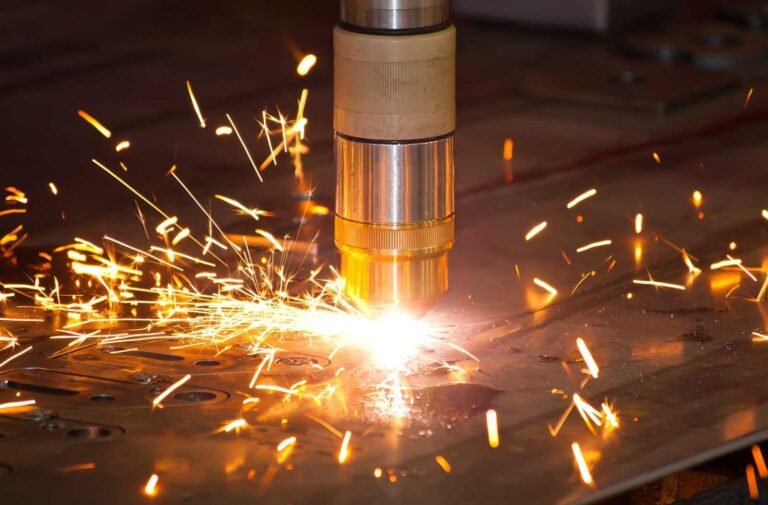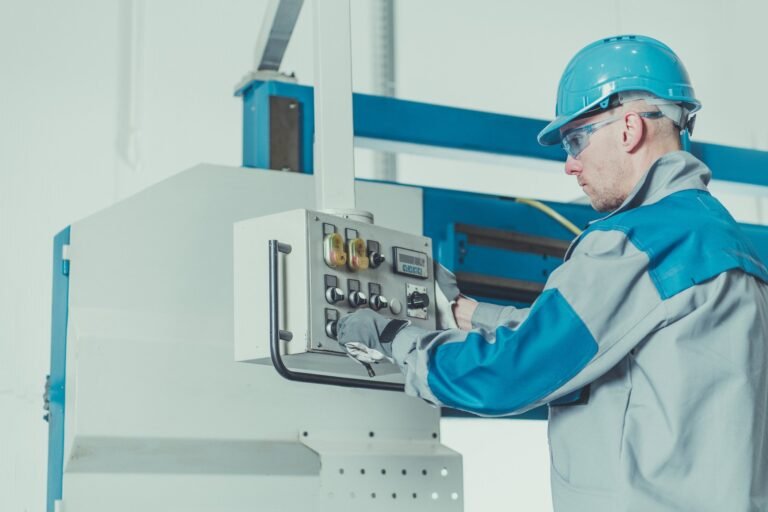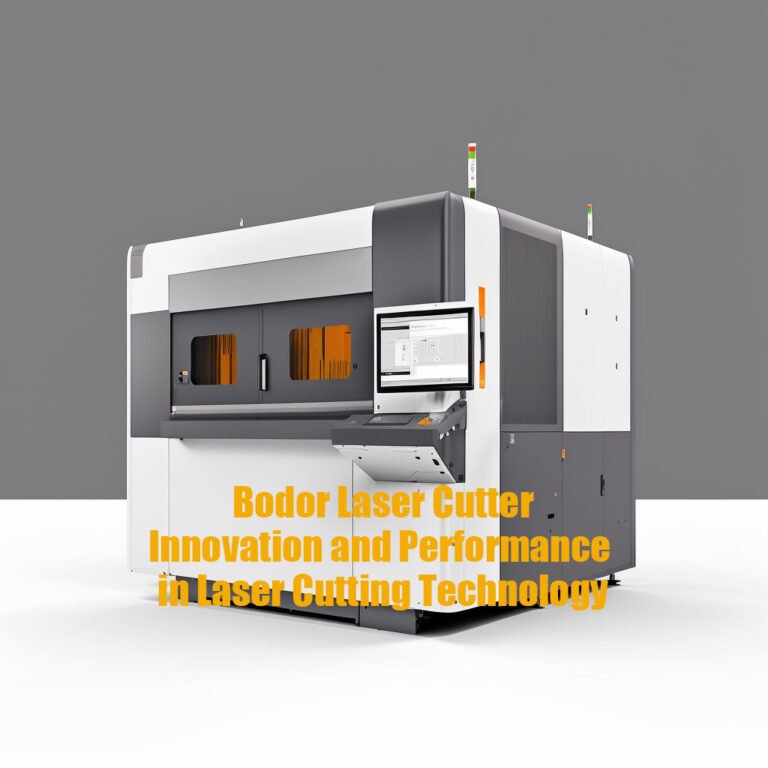A Comprehensive Guide to Laser Cutting Safety: Best Practices and Precautions
Laser cutting is a popular and effective method for cutting sheet metal and other materials. Top brands like Precitec, Trumpf, Raytools, and Bystronic offer high-quality laser cutting machines that deliver precision and speed. However, like any industrial process, laser cutting poses certain risks. This guide will cover the best practices and precautions to ensure safety while using laser cutting technology.
1. Understand the Basics of Laser Cutting
Before operating any laser cutting equipment, it’s crucial to understand how laser cutting works, including the different types of lasers, the importance of nozzles, and the differences between laser cutting and plasma cutting.
2. Choose the Right Personal Protective Equipment (PPE)
Wear appropriate PPE, including safety goggles with the correct wavelength filter, heat-resistant gloves, and protective clothing that covers exposed skin.
3. Ensure Proper Ventilation and Fume Extraction
Laser cutting generates fumes and particulate matter. Make sure your workspace is well-ventilated and equipped with an efficient fume extraction system.
4. Implement Machine Safety Features
Install safety features like interlocks, emergency stop buttons, and warning signs on your laser cutting equipment. These features help prevent accidents and protect operators from potential hazards.
5. Provide Adequate Training
Ensure all operators receive proper training on the specific laser cutting machine they will be using, whether it’s a Trumpf laser, a Bystronic laser cutting machine, or any other brand. Training should cover equipment operation, maintenance, and troubleshooting.
6. Follow Manufacturer Guidelines
Adhere to the manufacturer’s guidelines and recommendations for equipment usage, maintenance, and spare parts procurement. For example, if you’re using a Precitec cutting head, follow the manufacturer’s instructions on choosing spare parts.
7. Keep the Work Area Clean and Organized
Maintain a clean, clutter-free workspace to prevent accidents and ensure efficient operation. Remove any debris or obstacles that could cause trips or falls.
8. Properly Maintain Equipment
Regular maintenance is essential for safe and efficient operation. Follow the manufacturer’s guidelines for maintaining and cleaning your laser cutting equipment, including Precitec and Raytools laser heads.
9. Use the Right Laser Cutting Settings
Ensure you’re using the correct settings for the material being cut, including power, speed, and gas pressure. Using incorrect settings can increase the risk of accidents and reduce the quality of cuts. Consult your laser cutting machine’s manual or manufacturer guidelines for proper settings.
10. Establish a Safety Protocol
Develop a comprehensive safety protocol for your facility that covers all aspects of laser cutting, including machine operation, maintenance, emergency response, and first aid. Make sure all operators and staff are familiar with the protocol and receive regular training updates.
11. Limit Access to Authorized Personnel
Restrict access to the laser cutting area to authorized personnel who have undergone proper training. This helps prevent accidents caused by inexperienced or unauthorized individuals operating the equipment.
12. Store Materials Safely
Store flammable or hazardous materials away from the laser cutting area to minimize the risk of fires or other accidents. Follow proper storage guidelines for each material type and ensure they are clearly labeled.
13. Regularly Inspect Safety Equipment
Inspect all safety equipment, including goggles, gloves, and fume extraction systems, on a regular basis to ensure they are in good working condition. Replace any damaged or worn-out equipment as needed.
14. Use Caution with Reflective Materials
Some materials, such as aluminum or copper, can reflect the laser beam and pose a risk to operators or equipment. Ensure you’re using the appropriate settings, lenses, and safety precautions when cutting reflective materials.
15. Stay Informed on Industry Best Practices
Keep up to date with industry best practices and safety guidelines by attending conferences, workshops, and training sessions. This helps you stay informed about the latest safety measures and technologies in laser cutting, including advancements from top brands like Precitec, Trumpf, Raytools, and Bystronic.
In conclusion, laser cutting is a powerful and versatile technology for sheet metal cutting and other applications. By following these best practices and precautions, you can ensure a safe and productive work environment while getting the most out of your laser cutting equipment.




